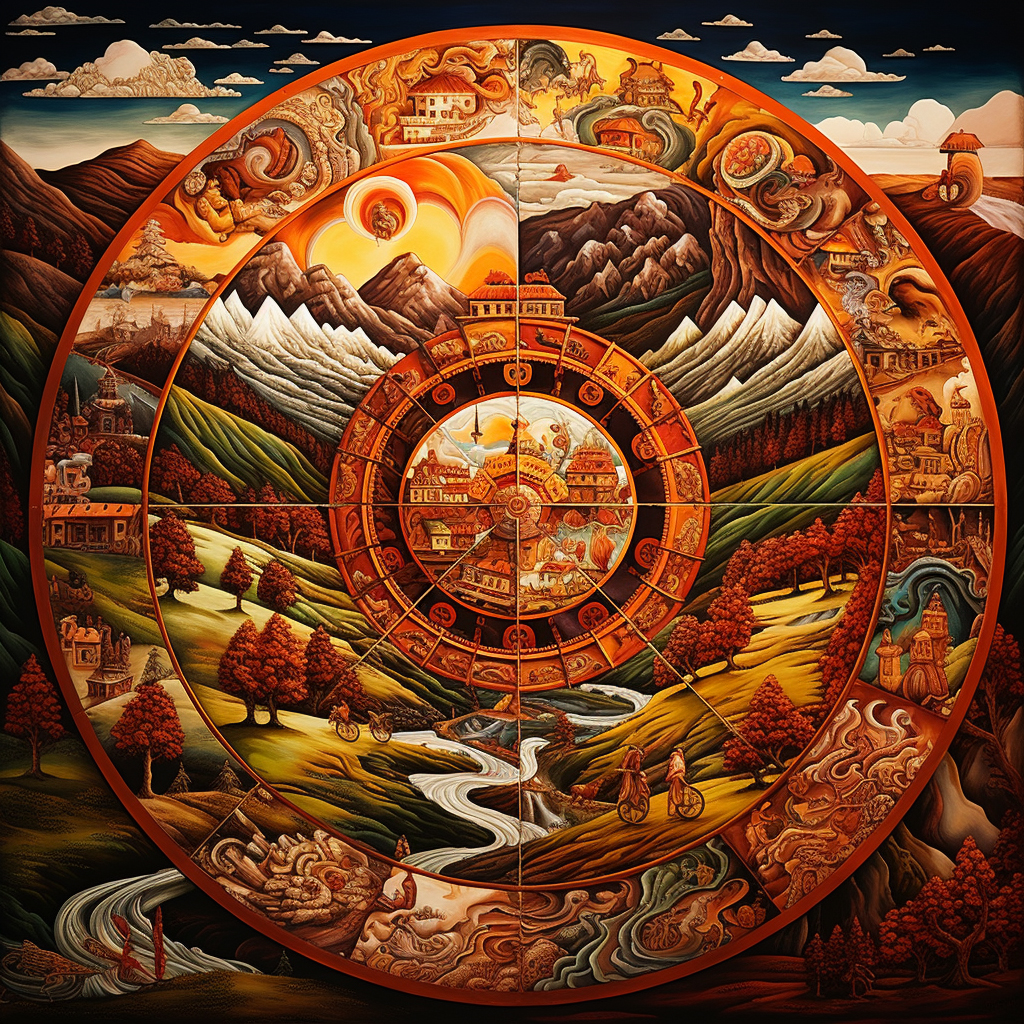Category: Buddhism and Spiritual Practice
-

Turning Anger into Peace: The Transformative Practice of Patient Acceptance
Identifying the causes of anger and mastering the art of patient acceptance to conquer anger. In the Buddha’s Third Noble Truth, he taught that true cessation of human suffering exists. The suffering of jealousy ceases with the practice of rejoicing. See: The Joyful Cure: How Rejoicing Leads to the Cessation of Jealousy The suffering of…
-

Tibetan Buddhist Lamrim: The Intermediate Scope
A comprehensive overview of the practices associated with the intermediate scope in the Lamrim teachings. The Tibetan Buddhist Lamrim teachings on the intermediate scope focus on progressing beyond the initial stages of spiritual practice and aspiring for liberation from the cycle of birth and rebirth (samsara). Lamrim teachings emphasize a deeper understanding of the suffering…
-

Suffering and Salvation: Understanding the Four Noble Truths of Buddhism
The Four Noble Truths were the key insights and first teachings of the Buddha. The Four Noble Truths are foundational teachings in Buddhism, expounded by Siddhartha Gautama, known as the Buddha. They form the core of Buddhist philosophy and provide a framework for understanding the nature of suffering and the path to liberation. Below are…
-

Tibetan Buddhist Lamrim: Developing Renunciation for Samsara
To be happy in this life, you must work toward improving your next one. Developing renunciation for samsara is a fundamental aspect of Tibetan Buddhist Lamrim teachings. Renunciation in this context refers to a sincere and strong desire to be free from the cycle of birth and rebirth (samsara) due to its inherent suffering and…
-

Right Living, Right Mindfulness: Navigating the Fourth Noble Truth
True spiritual paths lead to true cessations of suffering and complete peace of mind. Siddhārtha Gautama became the Buddha, the awakened one. His first teachings were the Four Noble Truths. The first noble truth in Buddhism acknowledges the fundamental reality of suffering or unsatisfactoriness (dukkha) in human existence. It’s important to note that the term…
-

True Cessations: The Transformative Journey of the Third Noble Truth
A practical guide to cessation practices that make the mind more peaceful and life more joyful. The young prince, Siddhārtha Gautama, grew up in opulence, but he found that he was not happy. His pleasures were fleeting, and he came to believe he would never be truly happy, enjoying a life free from the many…
-

The Joyful Cure: How Rejoicing Leads to the Cessation of Jealousy
Rejoicing in the happiness and success of others and transforming jealousy into a feeling of joy and connectedness. In the Buddha’s Third Noble Truth, he taught that true cessation of human suffering exists. The suffering of anger ceases with the practice of patient acceptance. The suffering of attachment ceases by meditating on impermanence. The suffering…
-

Transforming Desire into Liberation: Practical Wisdom from the Second Noble Truth
Understanding the nature of selfish desire, craving, and attachment is fundamental to discovering relief from suffering. Ignorance is Bliss? Cypher in the movie The Matrix, decided it was preferable to live a life of illusion than endure the harsh truths of reality. The matrix had pleasures, and people could delude themselves into believing they are…
-

Human Suffering: Understanding Dukkha in the First Noble Truth
The Buddha’s encounters with suffering and his quest to understand and alleviate it, leading to the foundational Buddhist teachings on the universal nature of suffering (dukkha). The Traditional Story of the Buddha When a prince named Siddhārtha Gautama was born, the mystic seers of the time told the royal family that Siddhārtha would either become…
